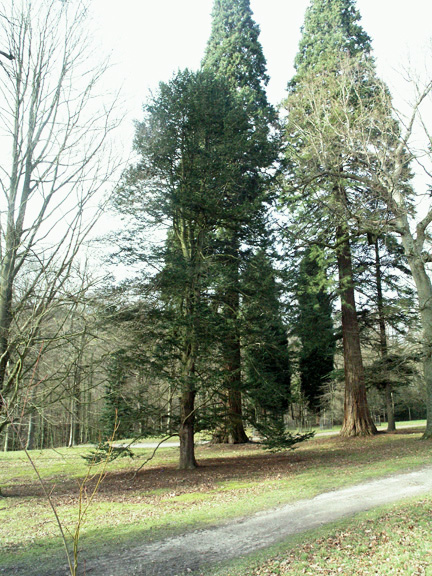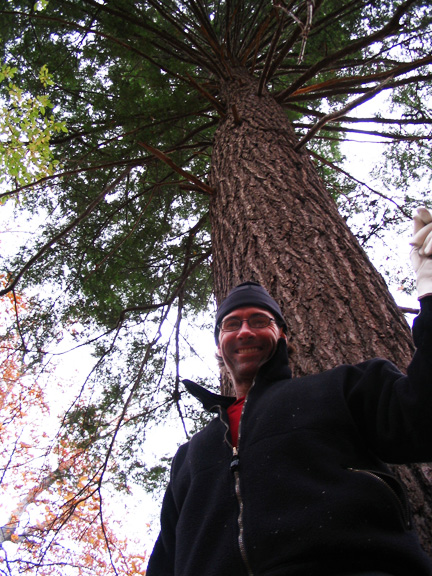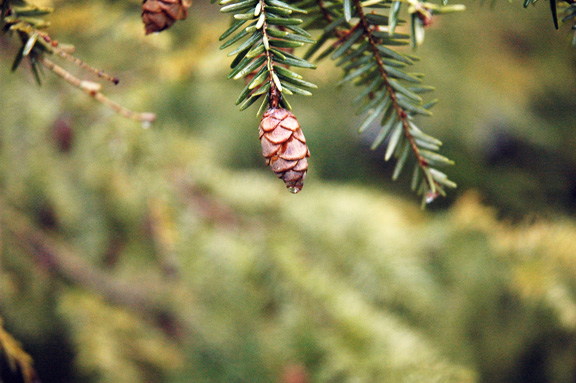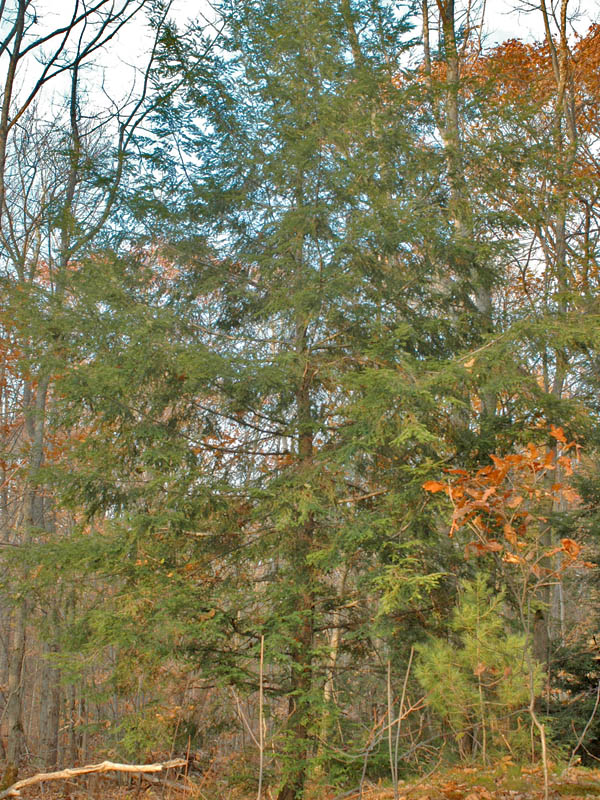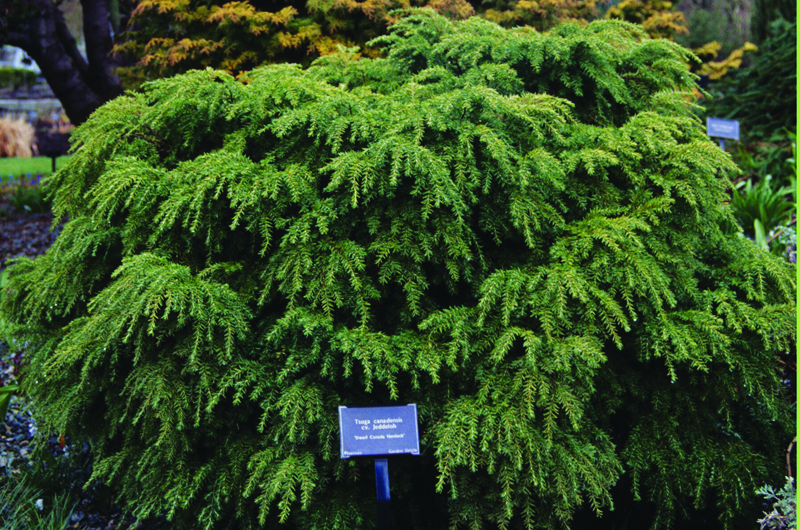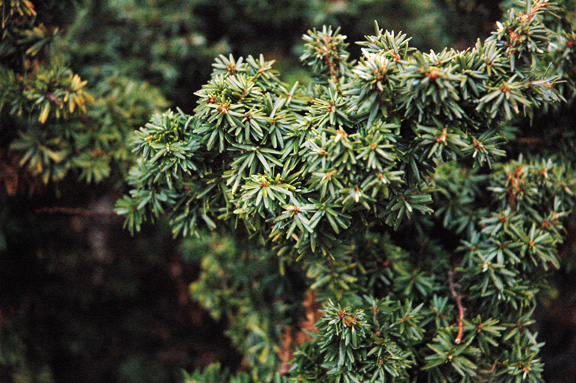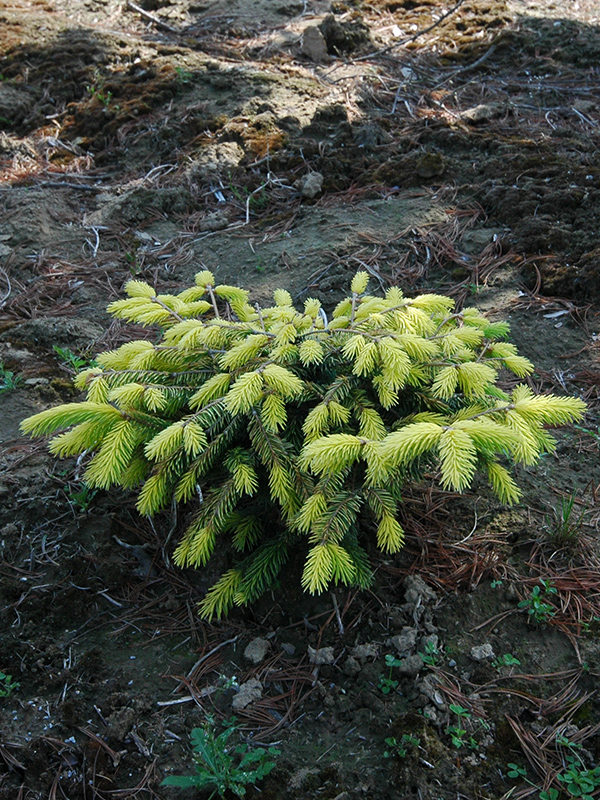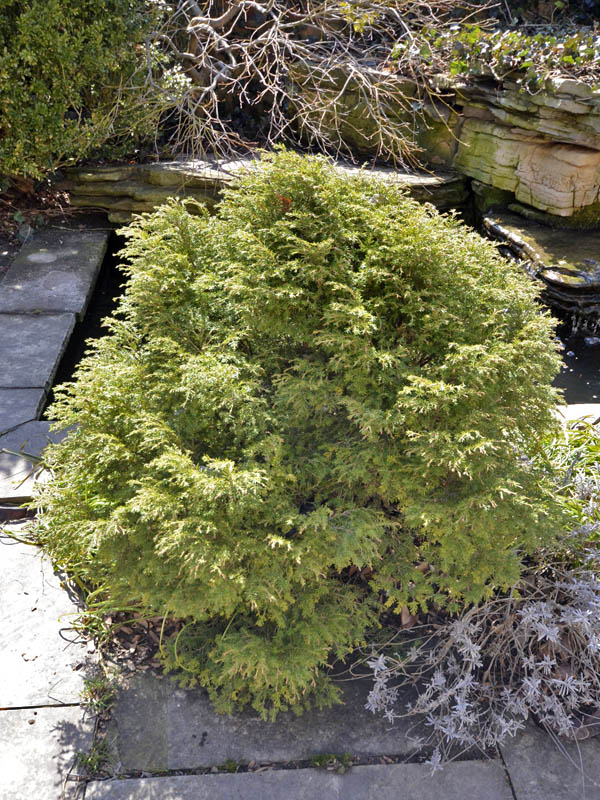
Woody > Tsuga > Tsuga canadensis > Tsuga canadensis
Tsuga canadensis
Canada Hemlock
Origin: Introduced into cultivation in 1736. The only hemlock native to Eastern Canada. Occurs in eastern North America, from Ontario and Nova Scotia to Indiana and Kentucky.
Mike's
Opinion


"
The Canada Hemlock is a graceful tree suitable for large areas. It would really do justice to put the Hemlock near a pond where it can hang over the water giving it a whimsical appearance. Looks best when left in its natural state; not pruned.
Michael Pascoe, NDP., ODH., CLT., MSc. (Plant Conservation)
"
| Family |
| Pinaceae |
| Genus |
| Tsuga |
| Species |
| canadensis |
| Category |
| Woody |
| Type |
| Tree (evergreen) |
| Pronunciation |
| USDA Hardiness Zone |
| 4-7 |
| Canadian Hardiness Zone |
| 4b |
| RHS Hardiness Zone |
| H7 |
| Temperature (°C) |
| -40 |
| Temperature (°F) |
| -40 |
| Height |
| 13 -30 m |
| Spread |
| 8 m |
Photographs
Description and Growing Information
Flowering Period
| General Description |
| It is from the cold north-eastern climate of North America and is a medium sized tree that extends up to 24 m, with a trunk that is usually tapered at its base. Forms a broadly pyramidal crown; its hanging branches have pensile tips. |
| Landscape |
| Can make a remarkably handsome evergreen hedge. There is a very good example of this in the Arboretum at the Royal Botanical Gardens in Burlington. Also suited to screening, groupings, as an accent plant, or used in a park or institutional setting. |
| Cultivation |
| Root pruning aids transplanting. Moist, well-drained, acidic soils; soil pH of 5.0-6.5 is preferable; transplant in early spring. Tolerates shade, can grow in full sun with well-drained soil. Prune individual shoots, instead of shearing the entire plant. |
| Shape |
| Upright, weeping, conical, pyramidal habit. Tapered trunk in youth, pendulously pyramidal with age. |
| Growth |
| Slow |
| ID Characteristic |
| You can determine the Eastern Hemlock from all other native eastern conifers by its slender twigs and oblique leading shoot. It has ‘nodding’ branch ends; the top of its crown has a slender 'leader' that cascades downwards. |
| Pests |
| Woolly adelgid has been the biggest insect menace to the Hemlock thus far. Other threats to the Hemlock are: rust, mite, hemlock looper, spruce leaf miner, gypsy moth, hemlock sawfly hemlock fiorinia scale and sunscorch. |
| Habitat |
| Rocky ridges, ravines, hillsides. Extends through southern limits of Northern Ontario. |
| Bark/Stem Description |
| Scaly in youth, becoming deeply grooved with dark brown, broad, flat-topped ridges. Outer bark is dull reddish purple, inner bark is bright reddish purple. The bark contains tannin, which at one time was a commercial source for tanning leather. |
| Flower/Leaf Bud Description |
| Minute, ovoid shape with fuzzy scales, light brown in colour, 2 mm in size. |
| Leaf Description |
| Small ovoid needles, arranged in 2 rows; greyish brown and pubescent when young, maturing to glossy dark green, 2 greyish bands on undersides, notched with a short leaf stalk. Leaves are 0.5-1.7 cm long, and 20-30 mm wide. |
| Flower Description |
| Monoecious; light yellow stamens, pistil is pale green. Male flowers are auxiliary on previous year’s shoots. Female flowers are green coloured and are terminal on last year’s lateral shoots: they also have imbricated scales. |
| Fruit Description |
| Pendulous cones are stalked, slender and ovoid, apex is almost obtuse. Cones are 1-2.5 cm long, and 0.05-1 cm wide. Brown in colour when mature and arising from branch ends hanging downwards. Cones shed their seeds during the autumn. |
| Colour Description |
| Retains its green colour throughout the seasons. |
| Texture Description |
| Soft and fine textured. |
| Notable Specimens |
| There is a fine specimen of Tsuga canadensis ‘Calvert’ situated in a courtyard at the Royal Botanical Gardens in Burlington, Ontario, Canada. Rayner Gardens, London, Ontario, Canada has some excellent climax specimens along the park edge bordering the Thames River. |
| Propagation |
| Propagate from seed in the spring. Stratify seeds for 1-4 months at about 1-5°C to ensure good germination. Semi-ripe cuttings harvested from January to mid-February and placed on a bench with a bottom heat of 18°C. |
